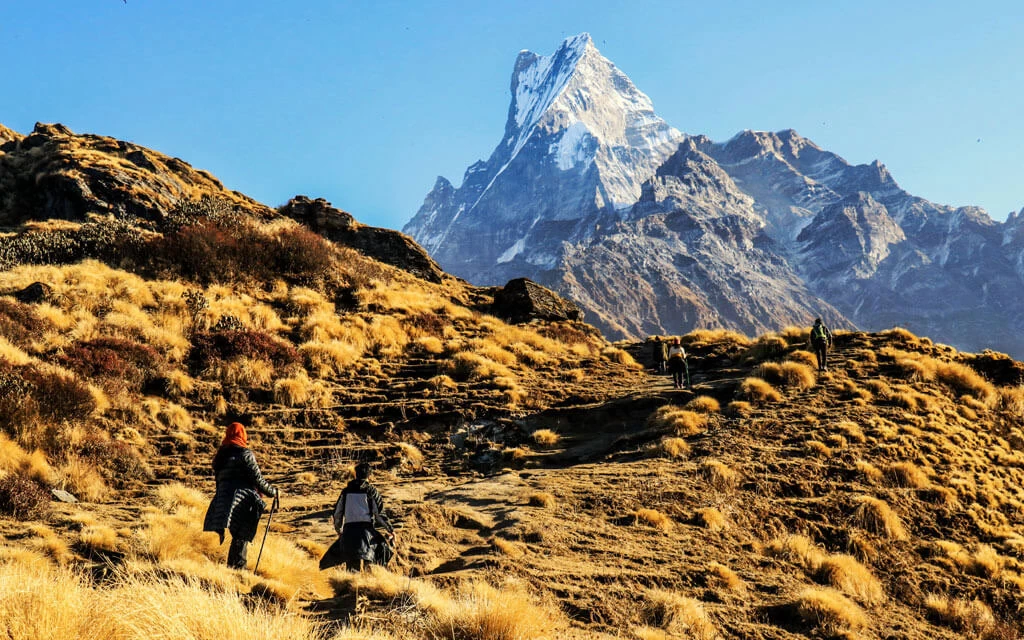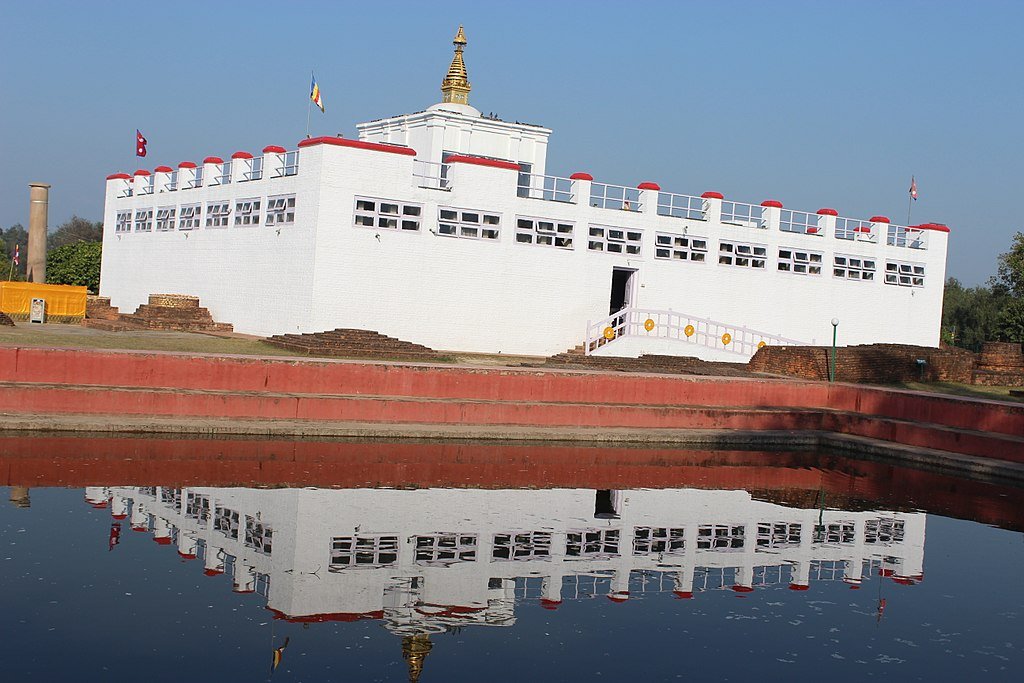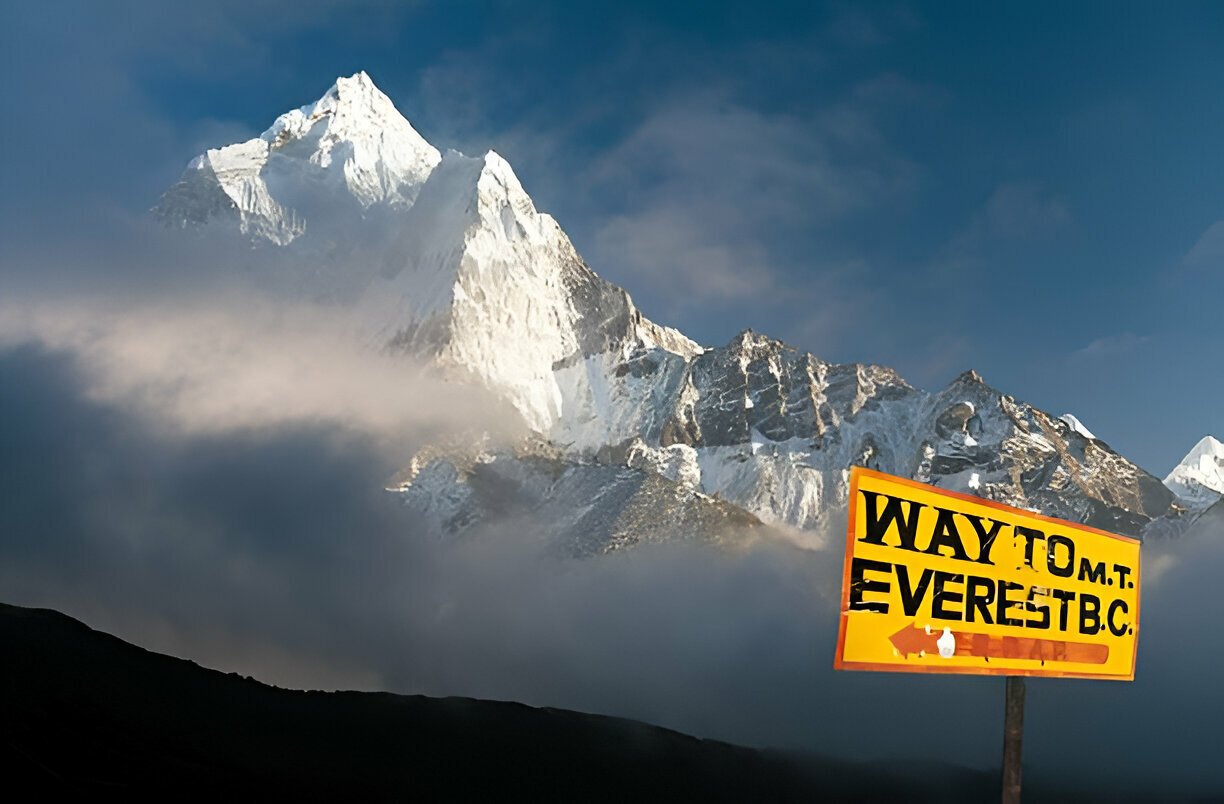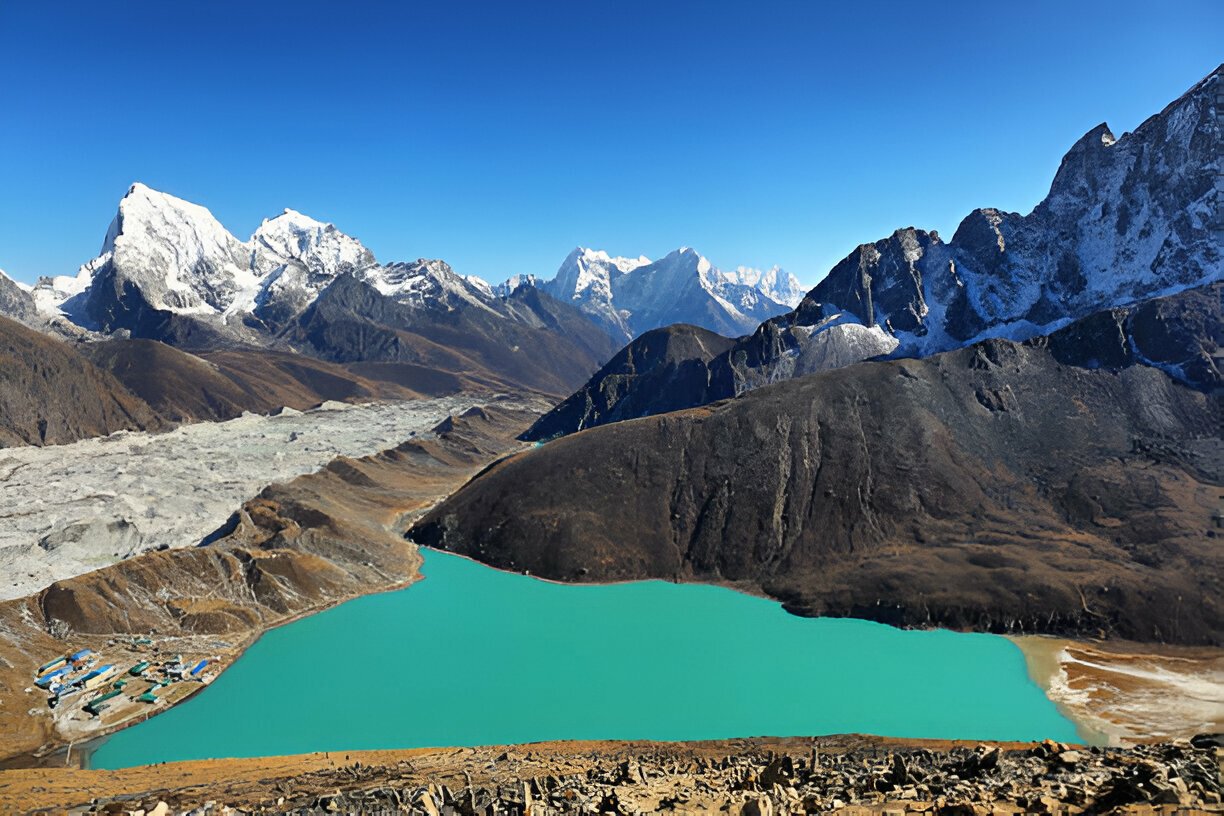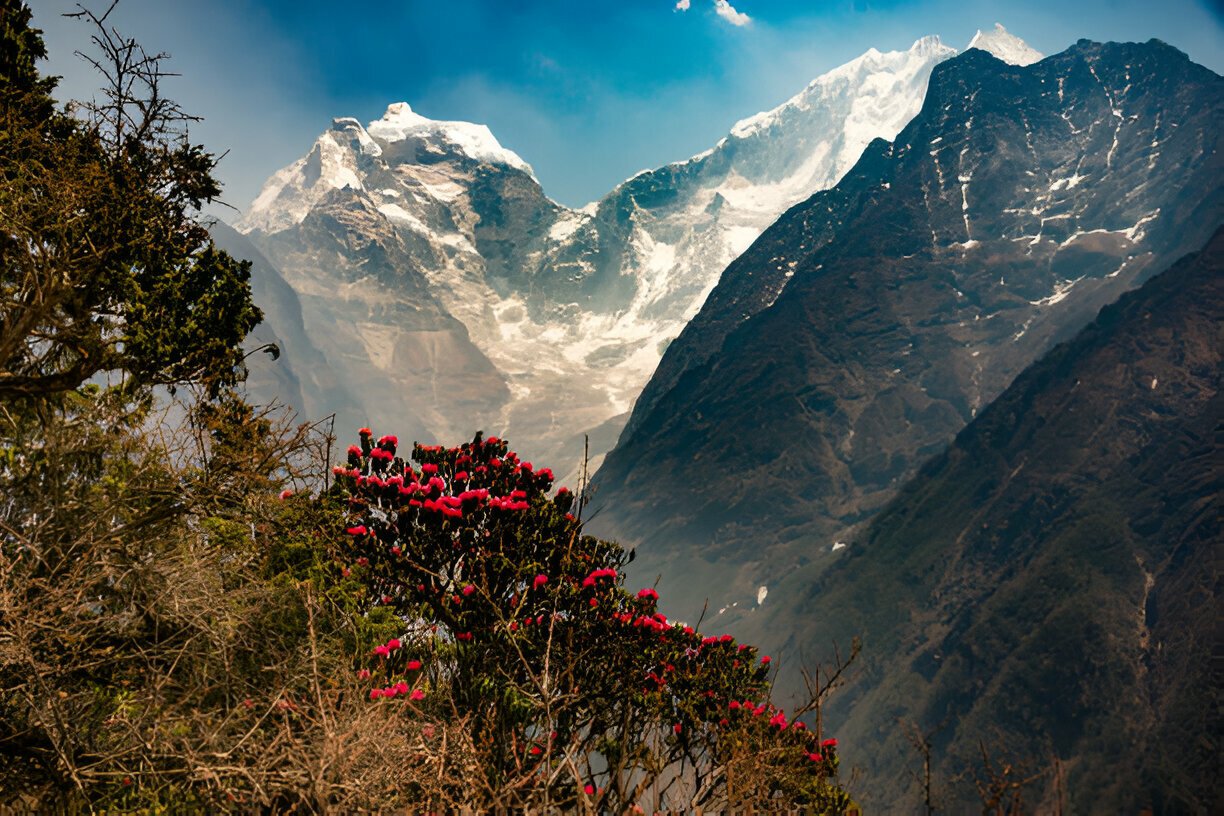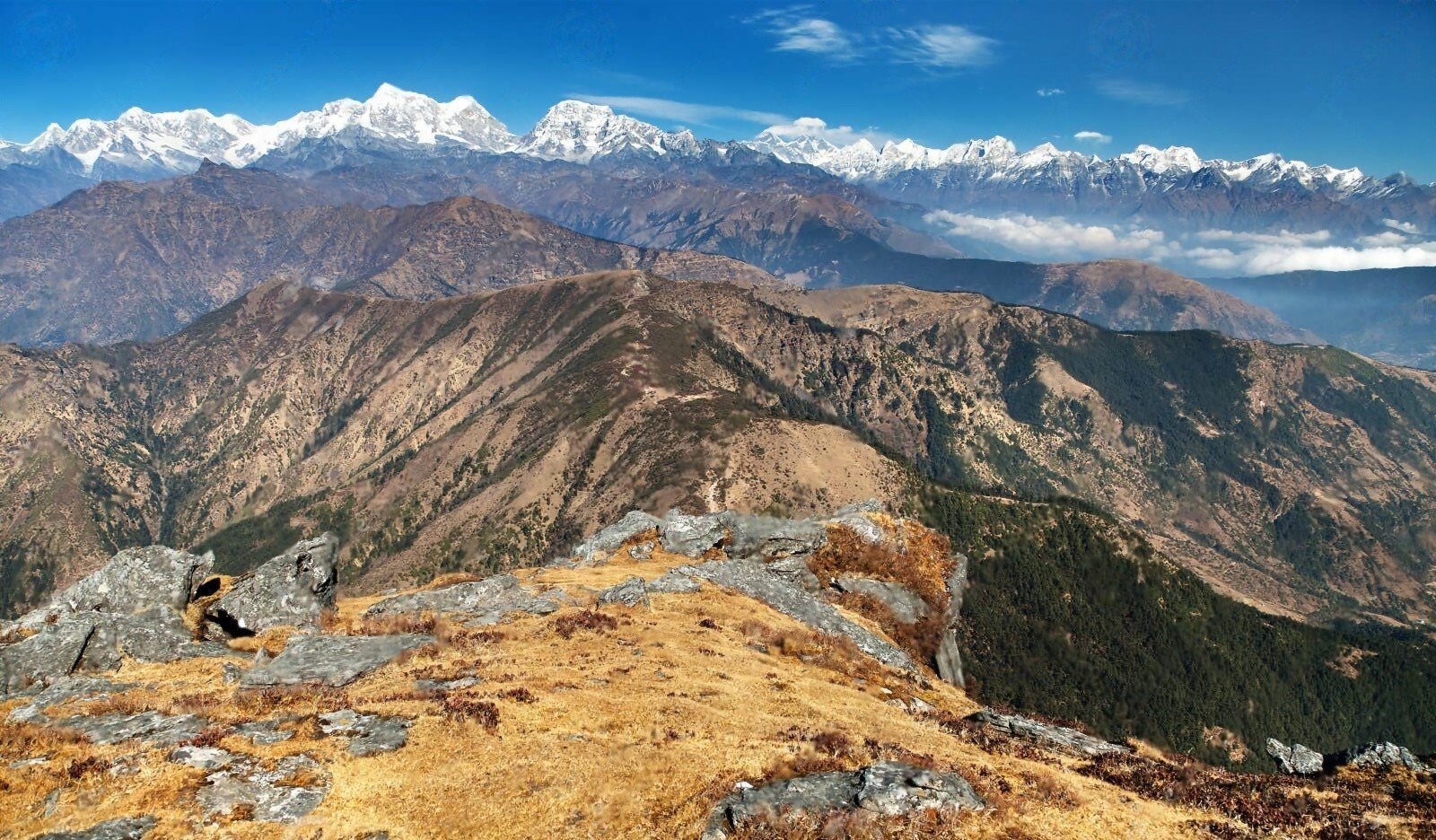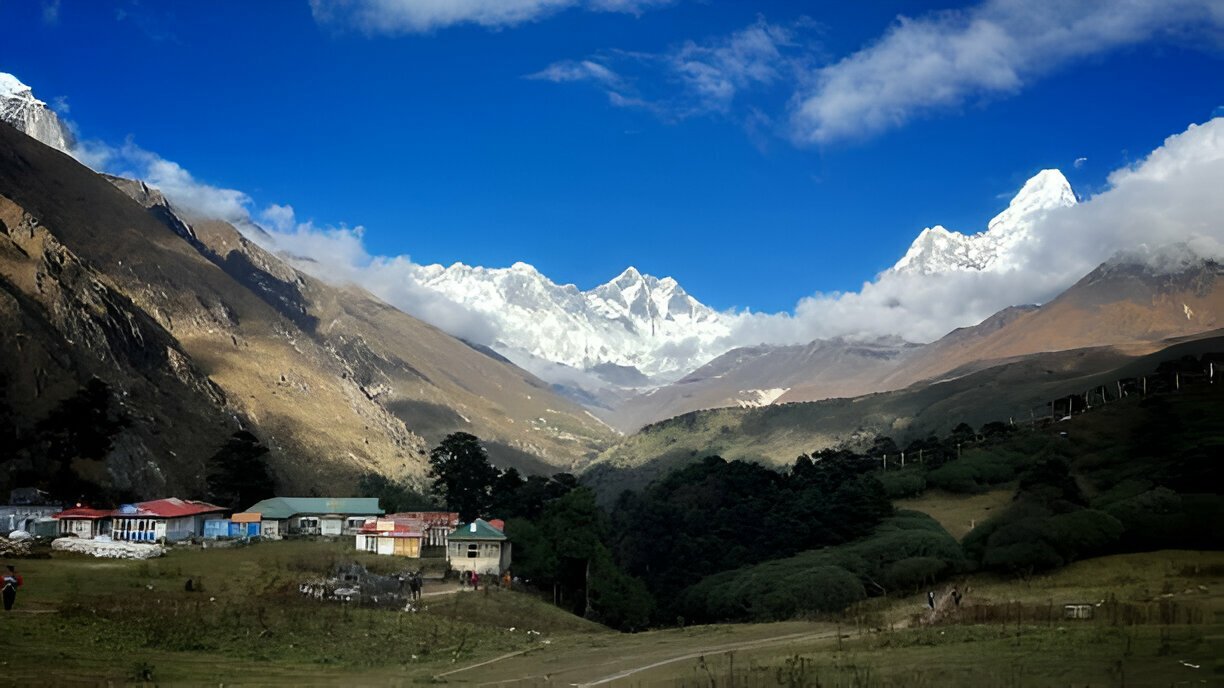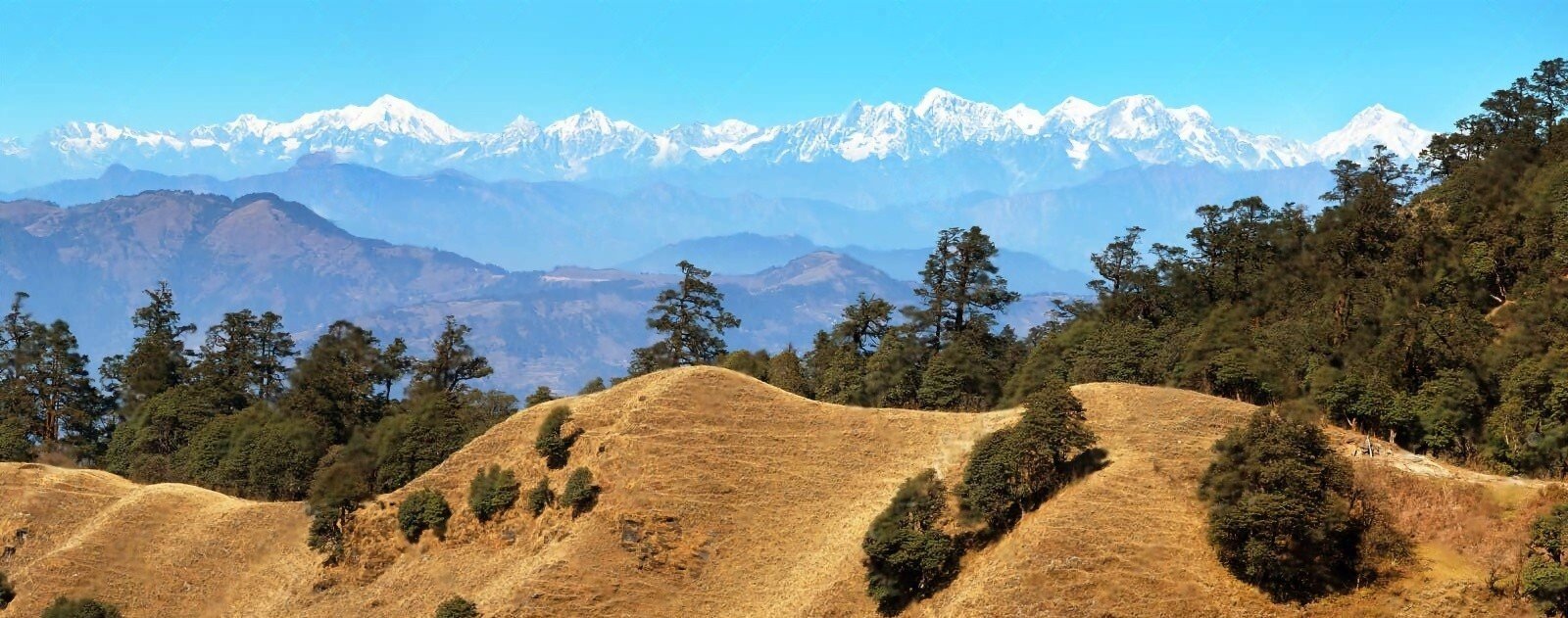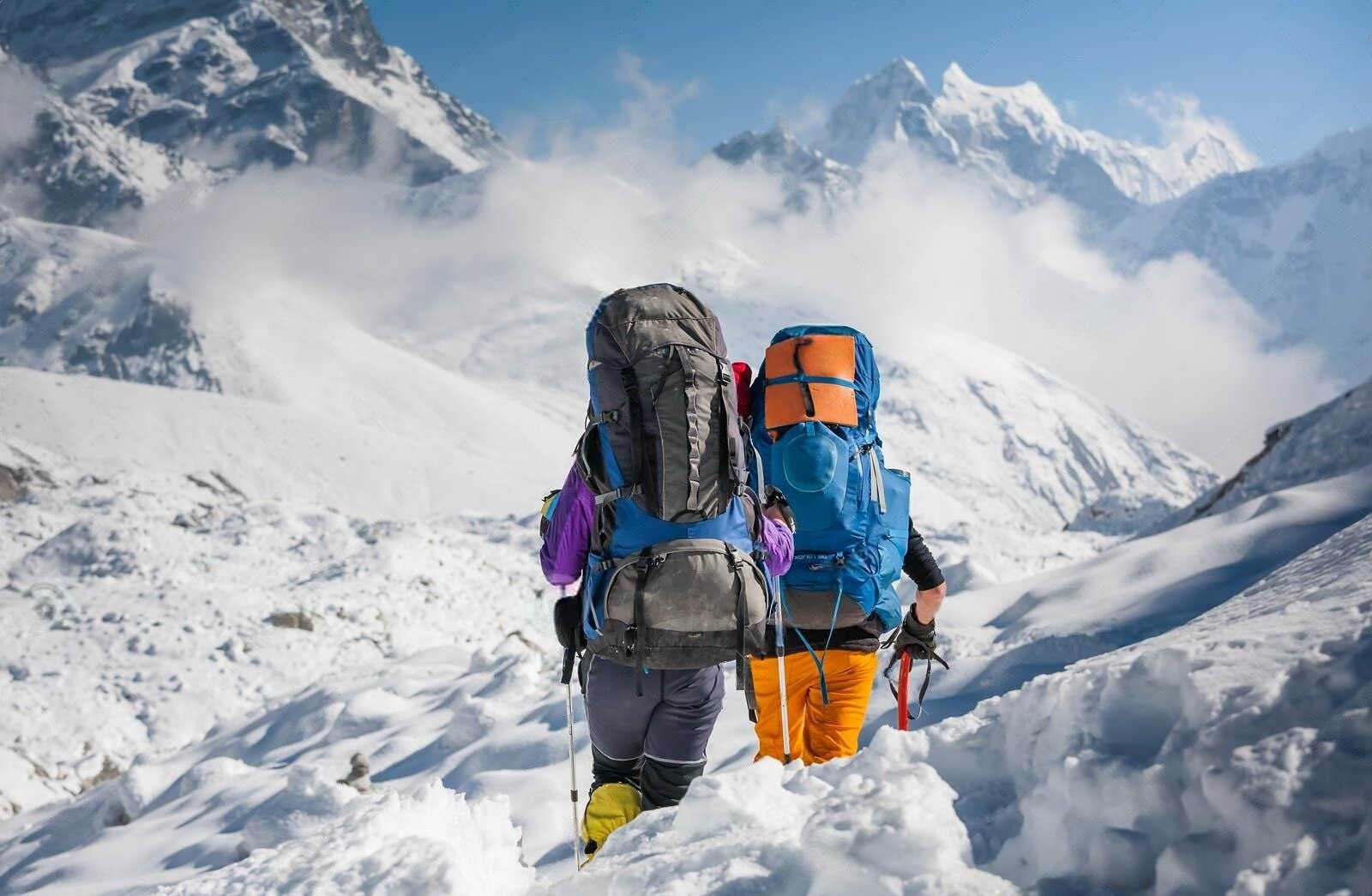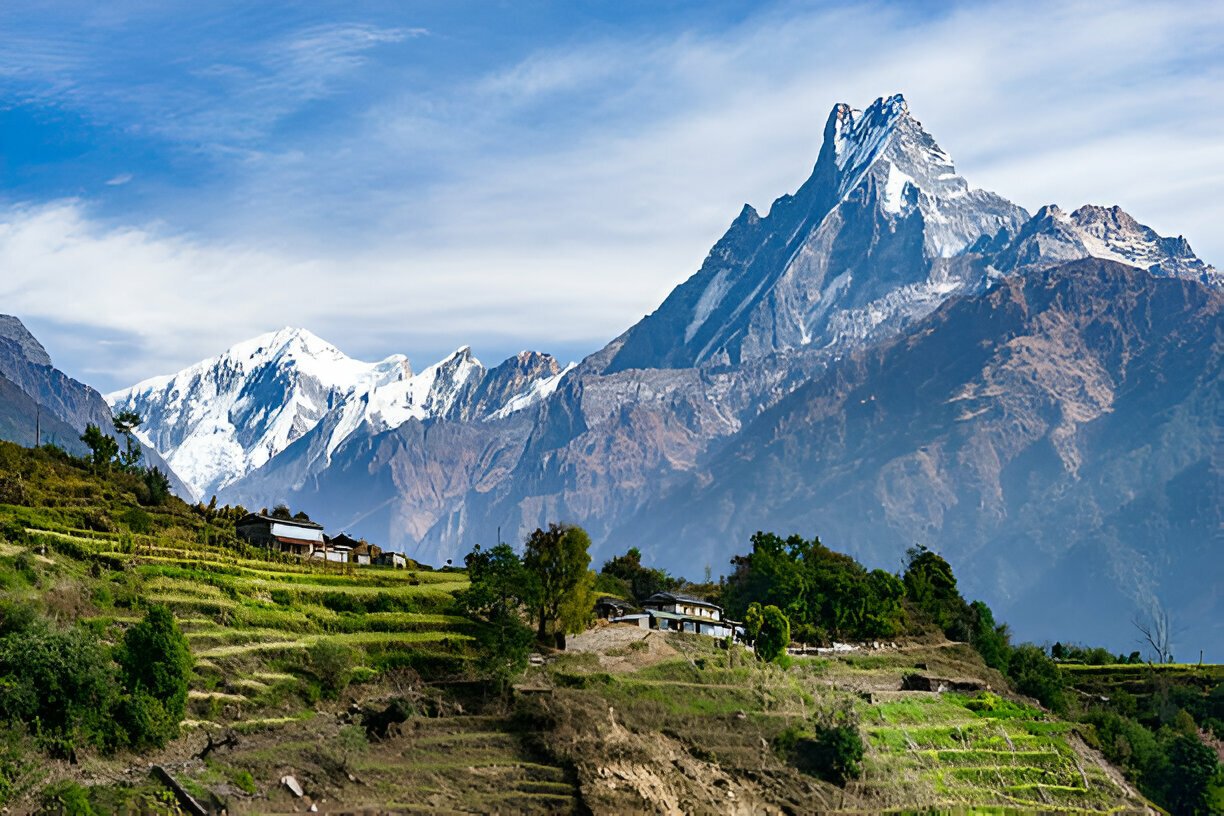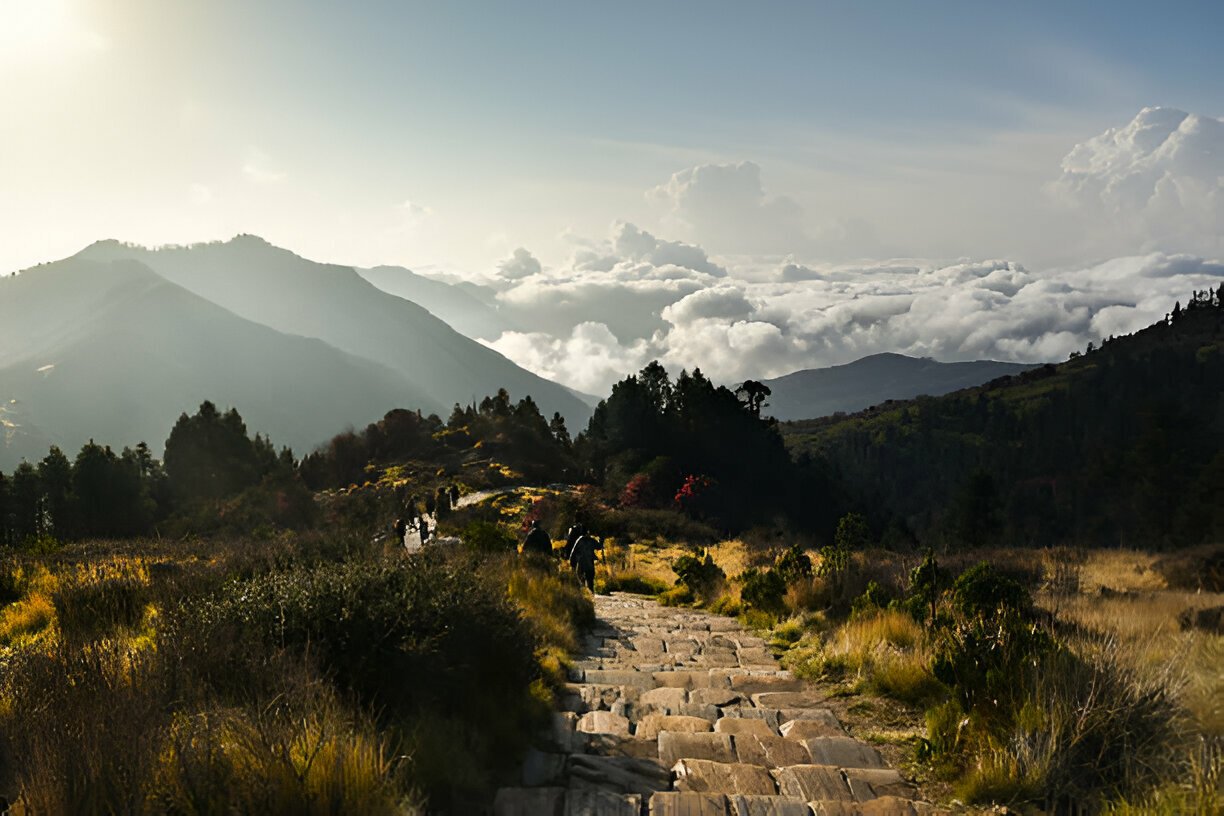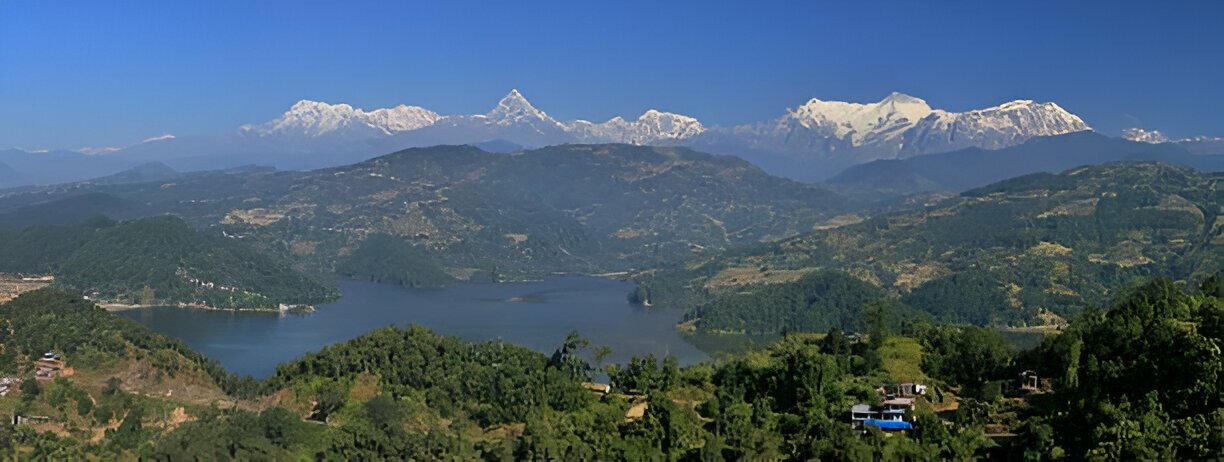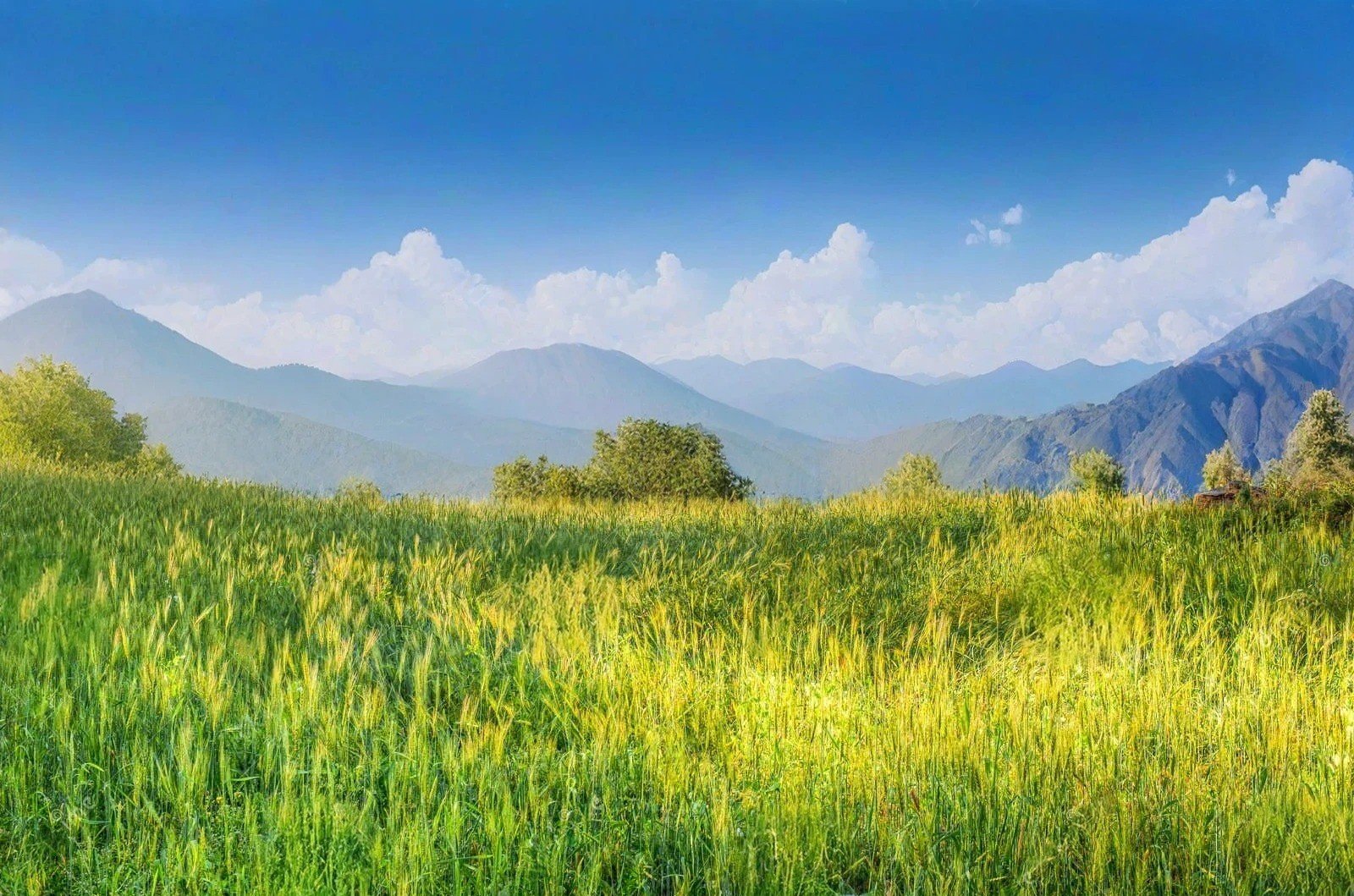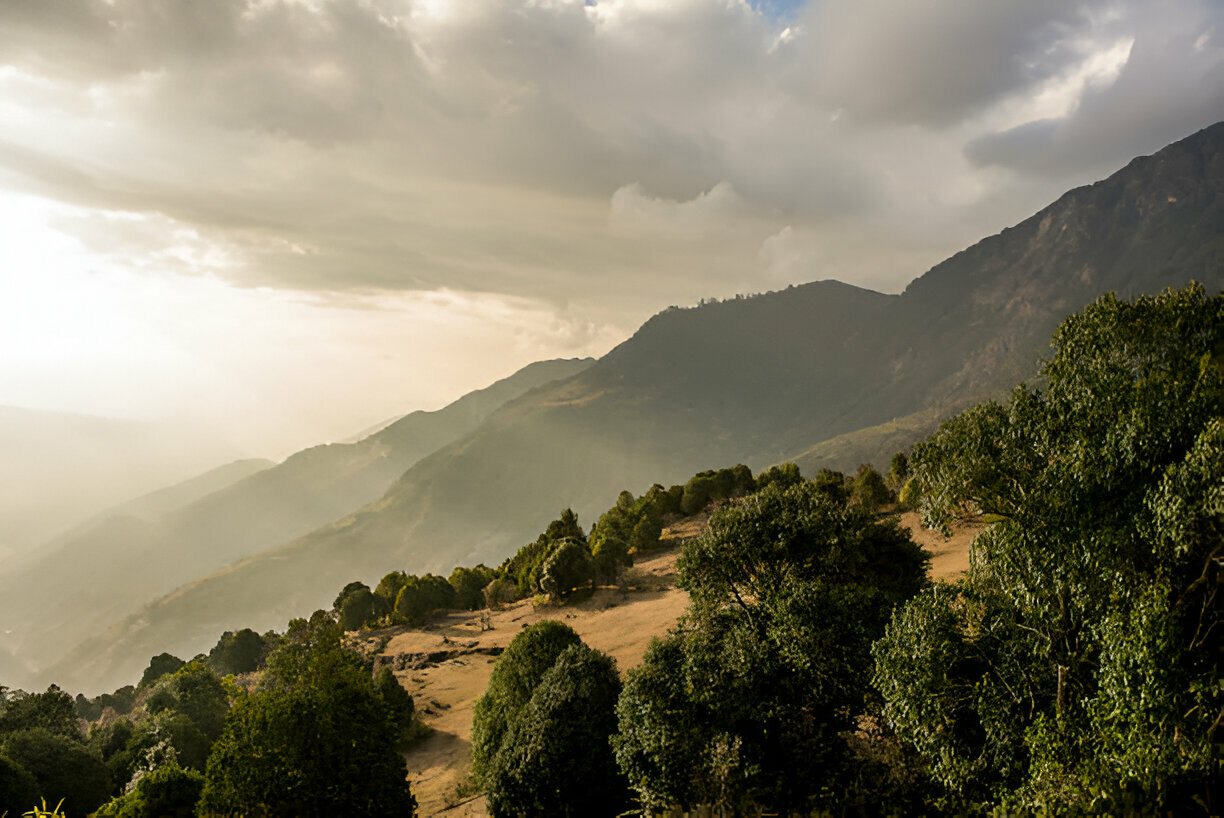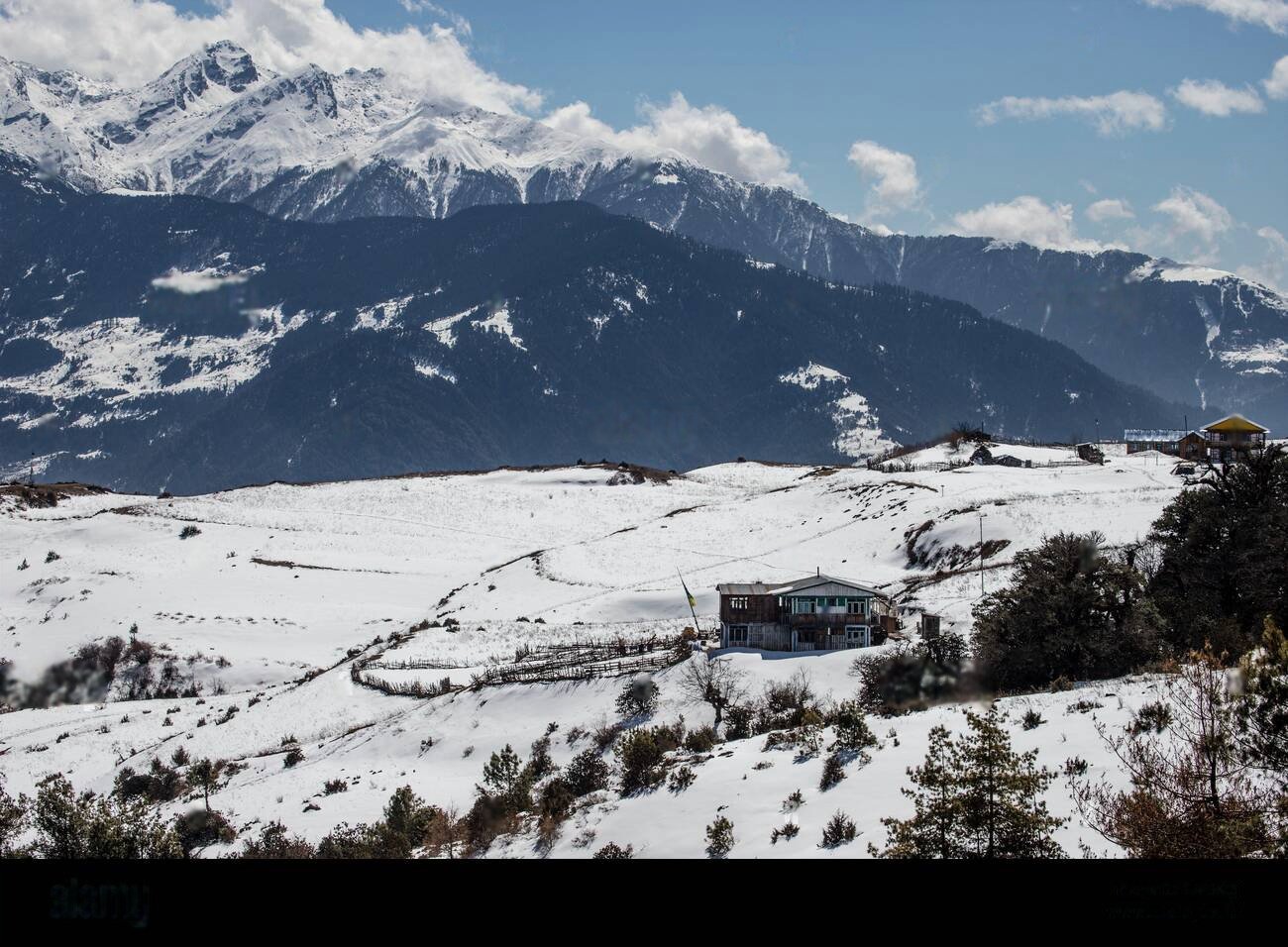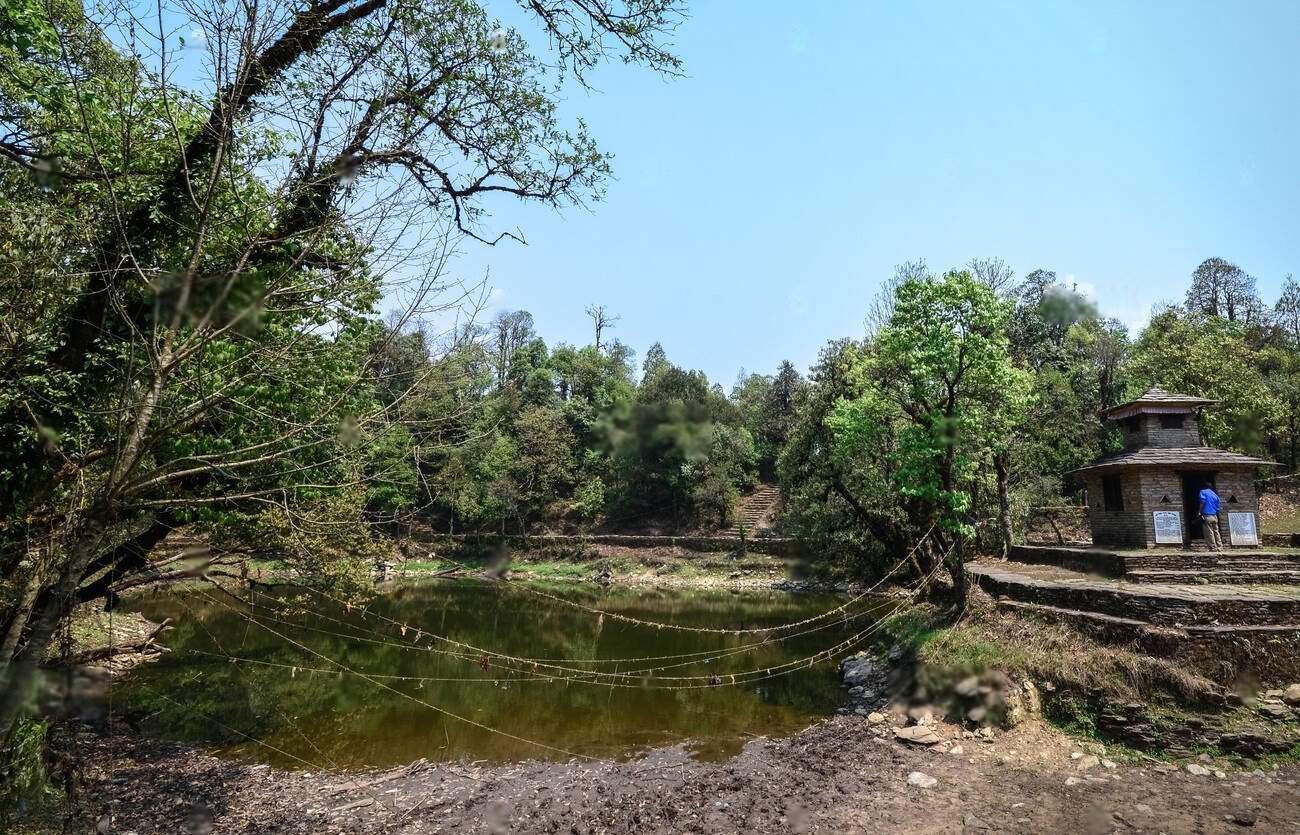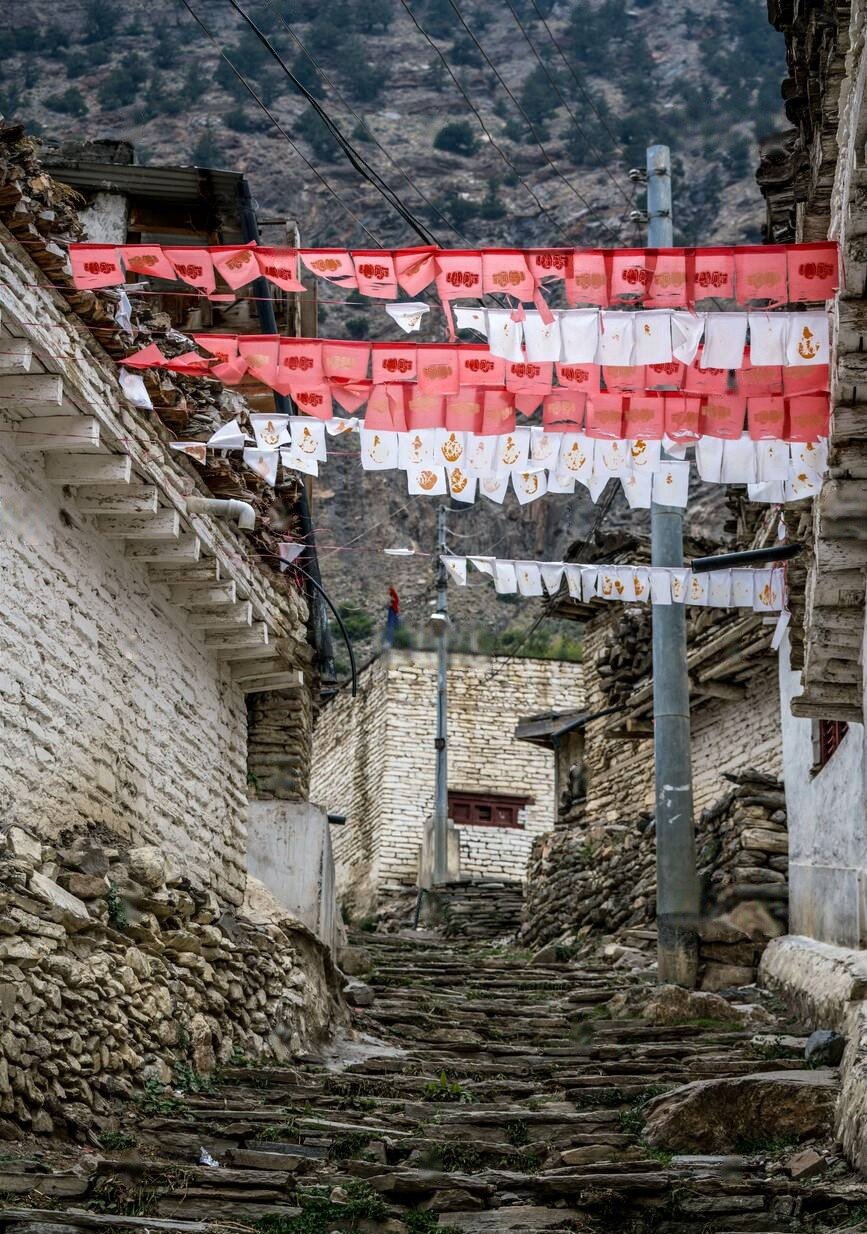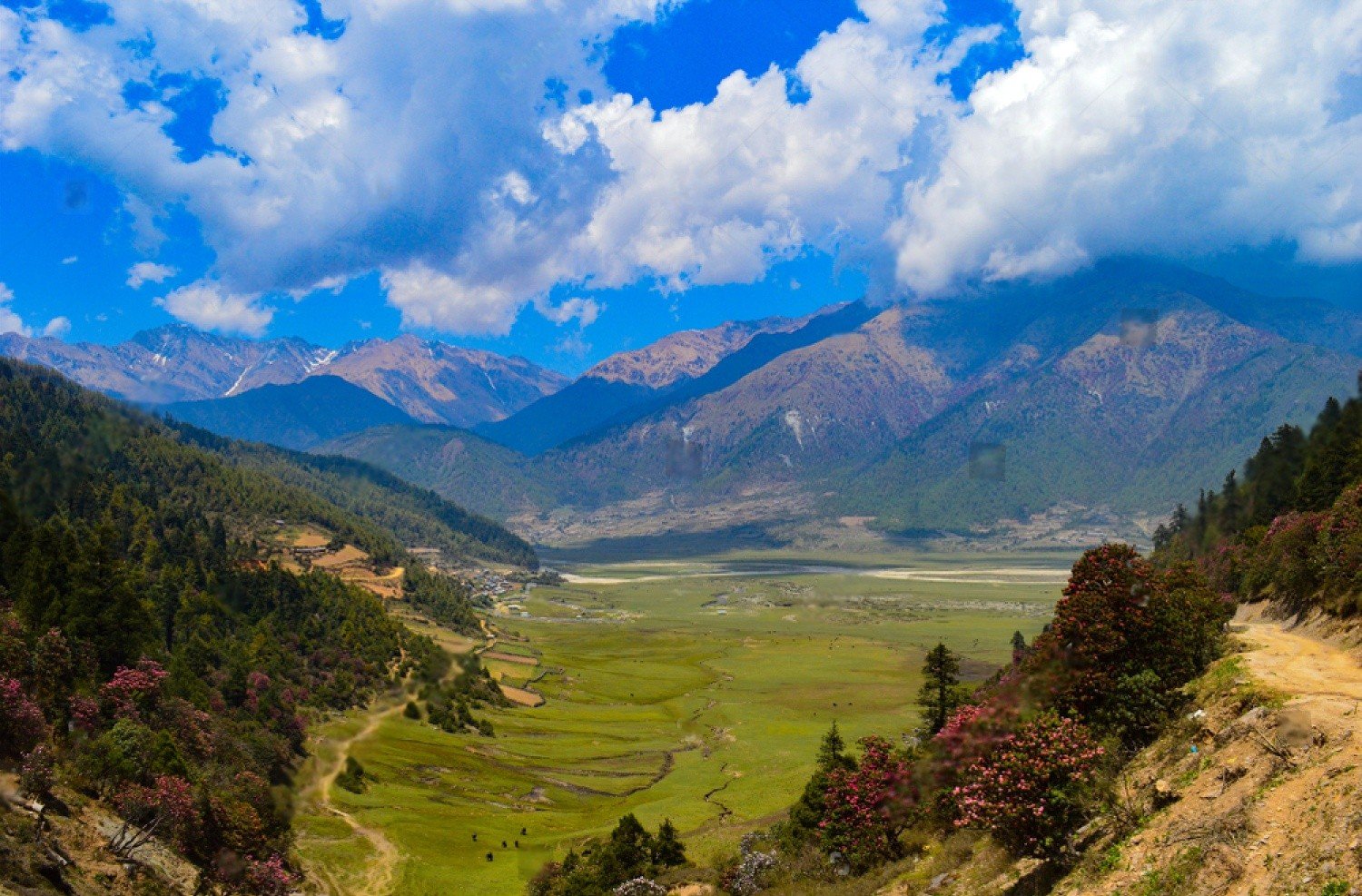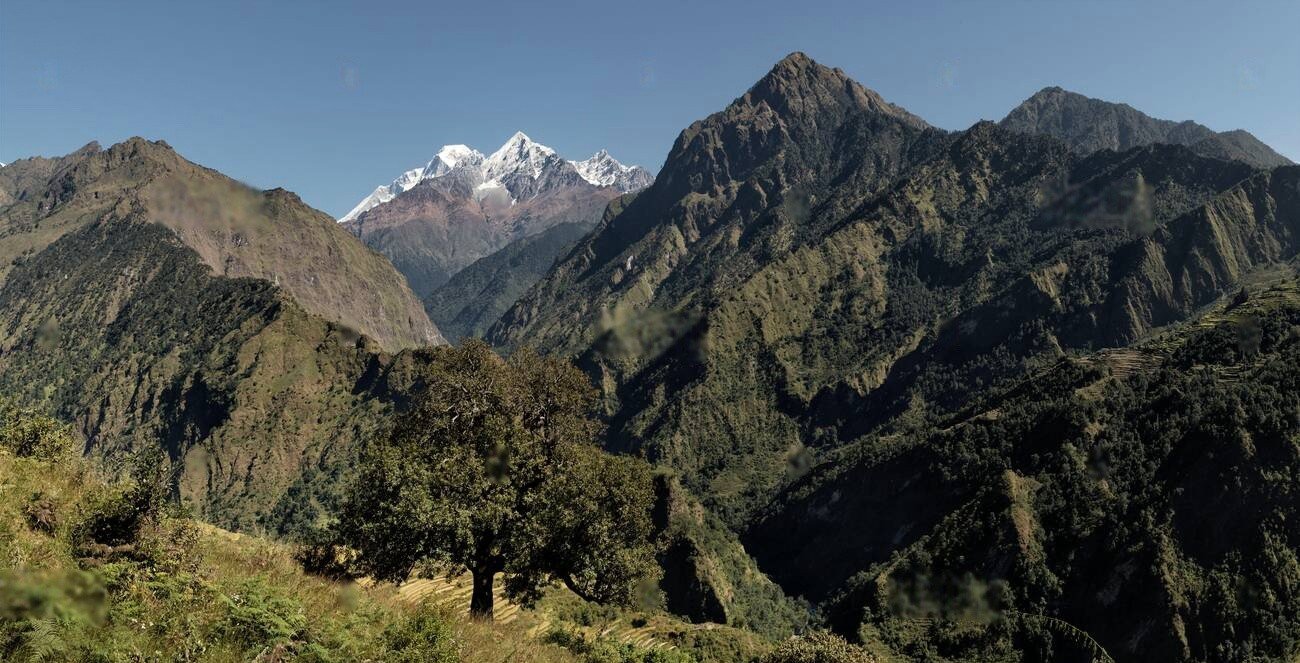 About this Trip
About this Trip
The Dhaulagiri Base Camp Trek represents a perfect balance between challenging high-altitude trekking and profound natural immersion, offering an experience far removed from the more commercial trekking routes in Nepal. What distinguishes this trek is its journey into the heart of the remote Dhaulagiri region with fewer trekkers and more authentic wilderness experiences.
As you progress toward Base Camp, the landscape transforms dramatically from the lush, subtropical forests near Beni to the alpine meadows and ultimately the stark, glacial terrain beneath Dhaulagiri's imposing north face. The trail follows the Myagdi Khola river upstream, ascending through varied ecological zones that showcase Nepal's remarkable biodiversity. Each day brings new perspectives of the massive Dhaulagiri massif, with the mountain gradually revealing its grandeur as you approach.
The cultural aspect of the trek provides genuine insights into traditional mountain life. In villages like Muri, Boghara, and Lipshe, you'll encounter communities that maintain centuries-old practices, from traditional agricultural methods to distinctive cultural traditions. Their warm hospitality despite the challenges of mountain life adds a profound human dimension to this wilderness experience.
Physically, this trek demands good endurance and acclimatization, with significant altitude gain and occasionally challenging terrain. The remote nature of the route means facilities are basic, adding to both the adventure and the authentic wilderness experience. The sense of accomplishment upon reaching Base Camp—standing beneath the colossal north face of Dhaulagiri among the glacial moraines—creates an indelible memory of Himalayan grandeur.
Throughout the journey, the bonds formed with your trekking team become an essential part of the experience. The shared challenges of mountain weather, demanding trails, and basic accommodations foster connections that enhance the trek's significance beyond the physical achievement.
The Dhaulagiri Base Camp Trek represents a perfect balance between challenging high-altitude trekking and profound natural immersion, offering an experience far removed from the more commercial trekking routes in Nepal. What distinguishes this trek is its journey into the heart of the remote Dhaulagiri region with fewer trekkers and more authentic wilderness experiences.
As you progress toward Base Camp, the landscape transforms dramatically from the lush, subtropical forests near Beni to the alpine meadows and ultimately the stark, glacial terrain beneath Dhaulagiri's imposing north face. The trail follows the Myagdi Khola river upstream, ascending through varied ecological zones that showcase Nepal's remarkable biodiversity. Each day brings new perspectives of the massive Dhaulagiri massif, with the mountain gradually revealing its grandeur as you approach.
The cultural aspect of the trek provides genuine insights into traditional mountain life. In villages like Muri, Boghara, and Lipshe, you'll encounter communities that maintain centuries-old practices, from traditional agricultural methods to distinctive cultural traditions. Their warm hospitality despite the challenges of mountain life adds a profound human dimension to this wilderness experience.
Physically, this trek demands good endurance and acclimatization, with significant altitude gain and occasionally challenging terrain. The remote nature of the route means facilities are basic, adding to both the adventure and the authentic wilderness experience. The sense of accomplishment upon reaching Base Camp—standing beneath the colossal north face of Dhaulagiri among the glacial moraines—creates an indelible memory of Himalayan grandeur.
Throughout the journey, the bonds formed with your trekking team become an essential part of the experience. The shared challenges of mountain weather, demanding trails, and basic accommodations foster connections that enhance the trek's significance beyond the physical achievement.
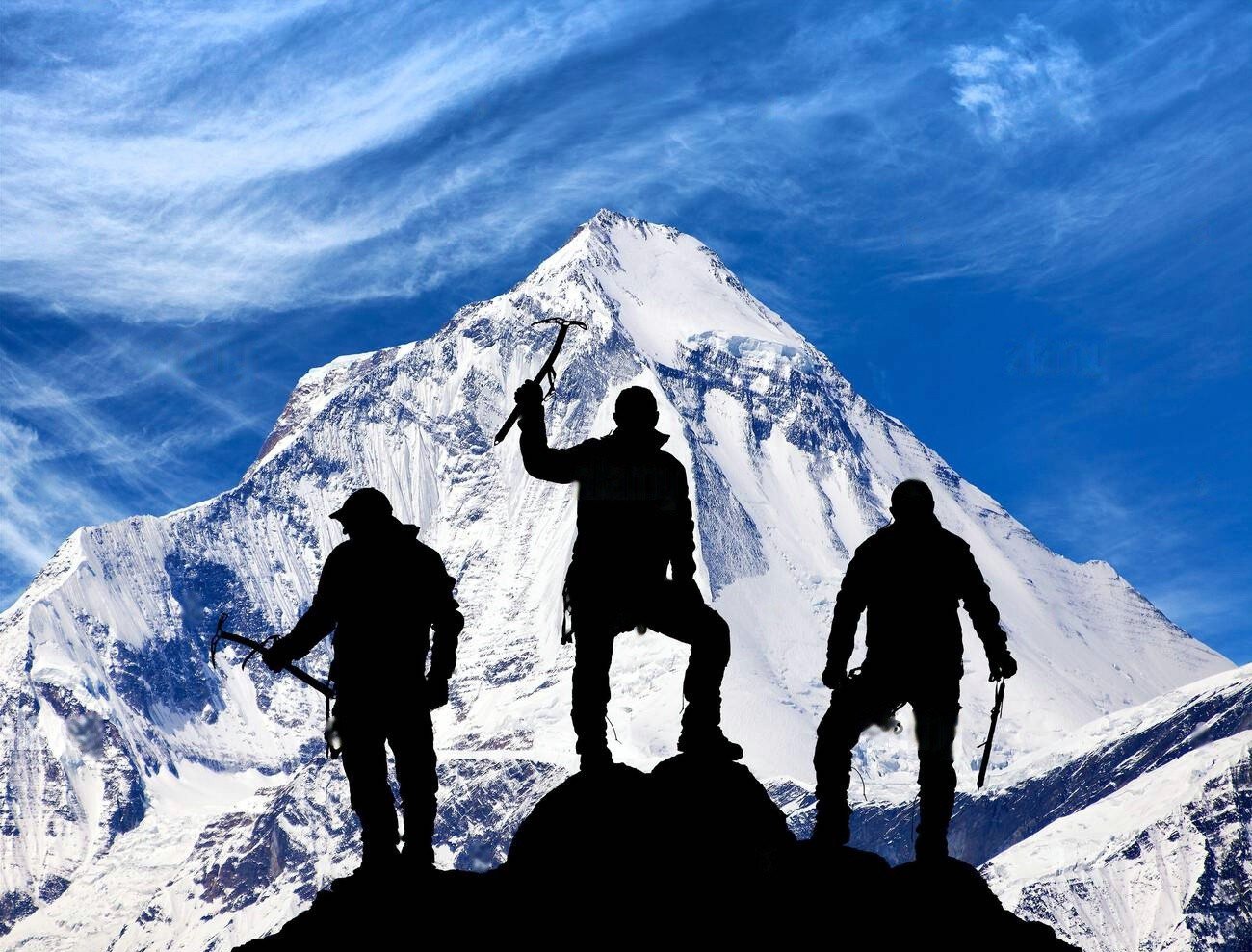
From $0
Price Varies from Group Size
Success
Here goes about why the success toast occurred.
 Itinerary
Itinerary
Arrival in Kathmandu (1,400m)
Kathmandu to Pokhara (820m)
Pokhara to Beni (830m) to Babiachor (950m)
Babiachor to Dharapani (1,400m)
Dharapani to Muri (1,850m)
Muri to Boghara (2,080m)
Boghara to Dobang (2,520m)
Dobang to Italian Base Camp (3,660m)
Acclimatization Day at Italian Base Camp
Italian Base Camp to Dhaulagiri Base Camp (4,740m)
Exploration Day at Dhaulagiri Base Camp
Dhaulagiri Base Camp to Italian Base Camp (3,660m)
Italian Base Camp to Dobang (2,520m)
Dobang to Boghara (2,080m)
Boghara to Muri (1,850m)
Muri to Takam (1,670m)
Takam to Beni (830m)
Beni to Pokhara
Pokhara to Kathmandu
Departure from Kathmandu
 Services
Services
Includes
- Specialized bilingual mountain guide
- Private transport between Kathmandu, Pokhara, and trailheads
- Round-trip airport transfers and local transportation as outlined
- Daily meals on the trek: breakfast, lunch, and dinner
- Services of experienced guides, porters, and a cook for camp sections
- All essential trekking permits, including conservation area fees
- Accommodation throughout the trek (lodges, tea houses, and camping equipment)
Excludes
- Additional accommodation due to weather delays or itinerary changes
- Comprehensive travel and medical insurance with helicopter evacuation coverage
- Gratuities for guides, porters, and support staff
- International flights and entry visa fees for Nepal
- Personal trekking and camping equipment
- Extra food and drinks beyond the provided meals
 Good To Know
Good To Know
Train intensively for 3-4 months with cardio exercises and loaded hikes; acclimatize properly by following the recommended itinerary; pack both warm and lightweight clothing for the wide temperature variations; bring hiking poles for the challenging moraine terrain; and carry sufficient cash as there are no banking facilities along the route.
Wildlife Encounters
Blue sheep (Bharal) on high slopes
Himalayan tahr in rocky terrain
Musk deer in forested regions
Various pheasant species including Danphe
Golden eagles soaring overhead
Snow leopards (extremely rare sightings)
Red panda in forested zones (rare)
Various high-altitude birds, including choughs and Himalayan griffons
 Reviews
Reviews
 FAQs (Frequently Asked Questions)
FAQs (Frequently Asked Questions)
Your queries are answered.
Do I need technical mountaineering skills?
While no technical climbing is required, basic experience with trekking on uneven and occasionally steep terrain is beneficial. The sections on the glacier moraine demand careful footing and good balance rather than technical skills.
What is the best time of year for this trek?
Mid-April to early June (spring) and October to mid-November (autumn) offer the best conditions. Spring features blooming rhododendrons, while autumn typically has more stable weather patterns with clear mountain views.
How do I prepare for this trek?
Begin training at least 3-4 months in advance with a combination of cardiovascular exercise, strength training, and hiking with a loaded backpack. Focus on building endurance for consecutive days of 6-7 hour trekking. Previous experience at altitudes above 3,500m is advantageous.
What type of accommodation can I expect?
Accommodation varies from comfortable hotels in Kathmandu and Pokhara to basic tea houses in villages and camping in tents at Dhaulagiri Base Camp. Facilities become progressively more basic as you ascend, with shared toilets and no hot showers at higher elevations.
Is it possible to shower during the trek?
Basic showers are available in tea houses at lower elevations (usually for an additional fee) but become unavailable above Dobang and at the camping sections. Bring wet wipes and quick-dry towels for personal hygiene at higher elevations.
How reliable is the WiFi and phone connectivity?
Connectivity is limited to lower elevations only (primarily before Boghara). Expect to be completely out of communication range for approximately 5-7 days during the higher sections of the trek. Satellite phones are carried by guides for emergency use only.
Can dietary restrictions be accommodated?
In tea houses, basic vegetarian options are available. During camping at Base Camp, the cook can accommodate most dietary requirements if informed in advance, though available supplies will limit variety. Those with strict dietary needs should bring supplementary food items.
How much should I budget for the trek?
Beyond the package cost, budget approximately $15-20 per day for additional expenses in tea house sections (hot showers, battery charging, snacks, etc.). The camping portion typically has fewer additional costs as most services are included.
How much should I tip the guides and porters?
Tipping is customary and appreciated, especially considering the challenging nature of this trek. A general guideline is $12-15 per day for guides, $8-10 per day for cooks, and $6-8 per day for porters, typically given at the end of the trek.
